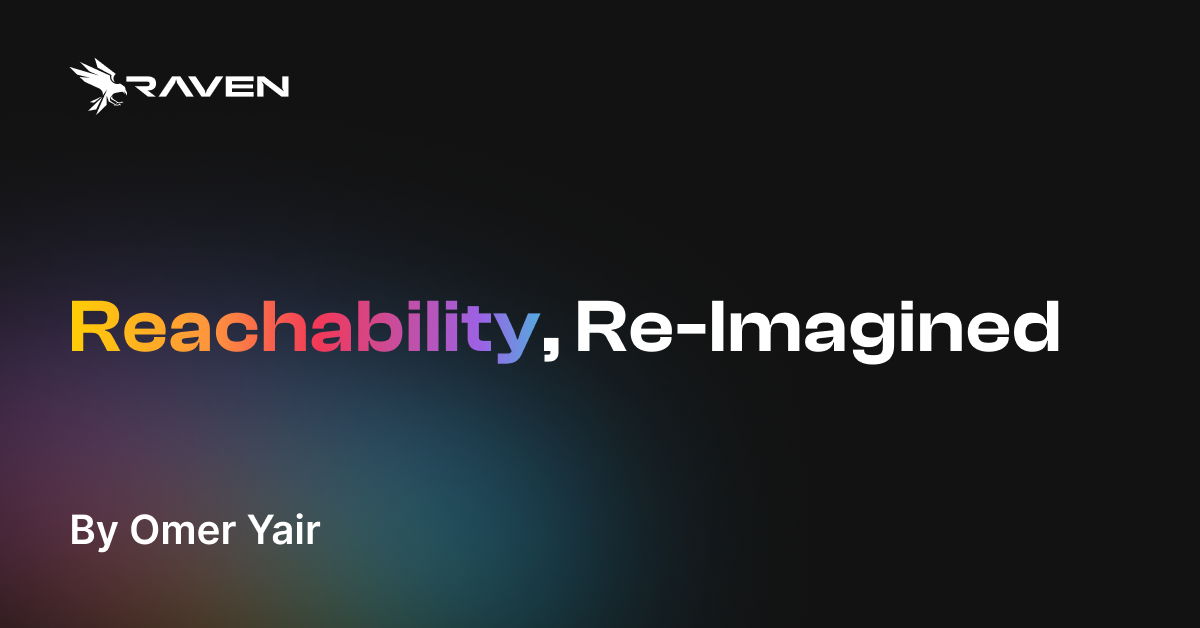Runtime Prevention
Prevent 99% of supply-chain attacks, cloud malware, ransomware, runtime exploits and zero-days with intelligent, library-level policies.
Remove excessive library permissions to secure your applications effortlessly—no code changes, engineering efforts, or disruption to normal operations required.
These policies apply to any library—whether direct or indirect dependencies, open-source or custom, in-house or third-party—instantly closing exposure windows without waiting on developer or vendor updates.
Remove excessive library permissions to secure your applications effortlessly—no code changes, engineering efforts, or disruption to normal operations required.
These policies apply to any library—whether direct or indirect dependencies, open-source or custom, in-house or third-party—instantly closing exposure windows without waiting on developer or vendor updates.

Don't Wait For a Breach
It takes ~9 days for an OSS supplier to release a patch and 5 days for a vulnerability to be exploited. This means, organizations can no longer afford to wait for a breach to be detected before
taking action.
taking action.

Raven vs WAF
Requires Code?
Resource
Time to Solution
False Negative
Protocol
Deployment
Protection Quality
.svg)
No
SecOps
Up to a minute
None
All Protocols
Library Level
100%
WAF
Yes
Experienced Engineer
Couple of days
Many
Http
Network
Partial
Accelerate Incident Remediation

Save
Engineering
Time

Independent of OSS
Maintainers

Independent of 3rd Party Application Vendors

Our Language Support
































Blog
.png)
Security
A deep analysis of React Meltdown (CVE-2025-55182) RCE in RSC Flight protocol—and why WAF rule patches fail to protect modern React and Next.js apps.
Read more

Security
Learn why true reachability means detecting executed vulnerable code, not just used libraries, and how this shift cuts SCA noise by 97%.
Read more
.png)
Product
Learn how to debug eBPF verifier errors, manage instruction count limits, and optimize your eBPF programs for performance and safety. Discover practical tips on tail calls, maps, helper functions, and measuring instruction counts effectively.
Read more


.avif)

